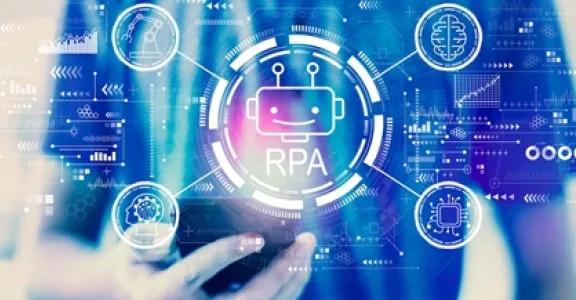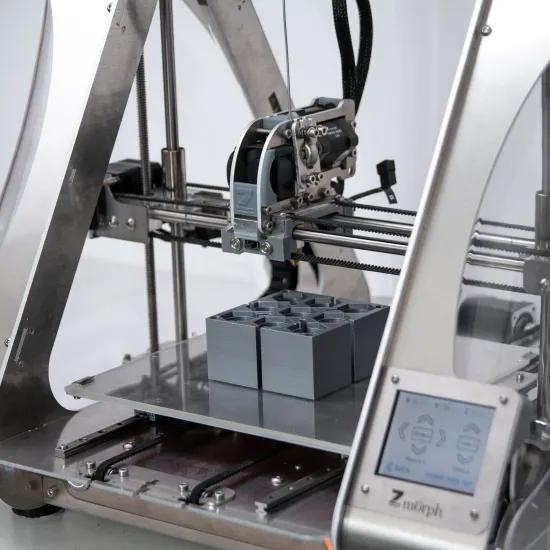Most SMEs today use digital business applications such as ERP, CRM, MES and Microsoft Office applications, but that does not mean they communicate seamlessly with each other. Only through integration, however, can we exploit their full potential. Here is a brief introduction to this fascinating subject.
By means of examples, we show how necessary the integration between business applications is if we want to achieve the desired efficiency and avoid unnecessary duplication of manual work. Then we will explain the most obvious integration methods.
ERP as a basis
ERP software forms the (administrative) basis for every company, and already ensures the integration of the most basic processes. For example, ERP ensures that a customer order is translated into one or more production orders, taking into account the available stock and production capacity. These production orders can then be entered into the planning and released at the right time. This is only possible when using the combination of bills of material, routings (the relevant workstations) and the corresponding process times. In many cases, we notice that this basic process flow is not adequately configured within ERP. For example, BOM management and planning is often done in Excel, with no or just a one-way link to ERP. This means the entire production process is largely managed manually and inefficiently.
When ERP does not support a certain functionality, or only to a limited extent, additional applications must be used, which require a correct link with ERP:
- A product configurator: the configuration entered by the customer leads to a parts list that will also be used by ERP.
- This applies equally to CAD and PLM software used in the design department.
- Software for shop floor control and MES (manufacturing execution system): production orders must be offered digitally from ERP to the shop floor and job registration for reporting back the order status should also preferably be digital (not via paper timesheets) and as real time as possible; after all, the planner must be informed as quickly as possible when an order is ready or the next operation or department can start. Yet, in practice we still see environments where no link is made between full ERP and MES packagesd.
So, on the one hand, it is absolutely advisable to implement processes in ERP according to the best practices whenever possible and, on the other hand, to ensure full digital integration of the existing islands. The advantages are obvious:
- much less manual effort and searching, thus freeing up extra staff capacity
- significantly higher data accuracy, fewer errors by avoiding manual entries
- real-time data availability on all processes
- shorter lead times, higher delivery reliability, greater customer satisfaction
- the associated cost savings
Possibilities for ERP integration
What are the options for achieving this integration?
Robotic Process Automation (RPA)
In this case, a software robot will automate the manual actions that a user would perform in the graphical user interface of a software application. Thus, data can also be transferred between non-integrated applications. Such an RPA system can learn the desired functions without requiring any programming knowledge from the user. This method can be implemented quickly and easily, but it is not really integration. It is mainly applied where EAI (see below) would be excessive. Examples in the manufacturing industry are:
- Customer support: RPA can support the user and optimise the customer experience by quickly collecting data from different sources and applications.
- Bills of materials: automating the various steps involved in drawing up the bill of materials with high accuracy.
Data integration
Data is loaded or replicated from a variety of sources (databases) into a central data warehouse. From here, they are exploited for data analysis (including predictive analytics) and reporting, dashboarding, ... Data integration tools typically take care of the tasks of data extraction, transformation and loading (ETL), and today use a graphical interface, where the user can create and manage the data flows in a clear way. Although there is no real integration here either (the applications continue to work independently), data integration can already go a long way towards breaking through the existing data silos, a requirement for Industry 4.0.
Enterprise Application Integration (EAI)
This is the most far-reaching method of permanently linking business applications such as ERP, MES, SCM, CRM from different vendors into a single software block. Other software islands such as MS-Office and legacy systems can also be linked in this way. Integration is achieved by exchanging messages containing only the necessary data required in the relevant environment. The databases of the various packages are simultaneously kept up to date, or better still, it is ensured that common data can only be found in one place. EAI therefore simultaneously takes care of the integration of data and of the process flow.
Whereas this used to be done via ad-hoc, point-to-point connections between two applications, it is much more efficient to centrally manage the APIs (application programming interfaces) that are usually used for this purpose. This is done, for example, via so-called middlewares or software platforms, which can be created locally or in the cloud. The market is now flooded with such platforms, and it is important to learn how to navigate them and find acceptable solutions at the SME level.





